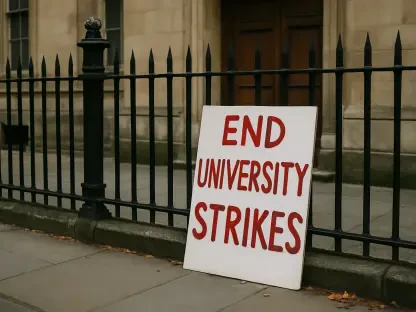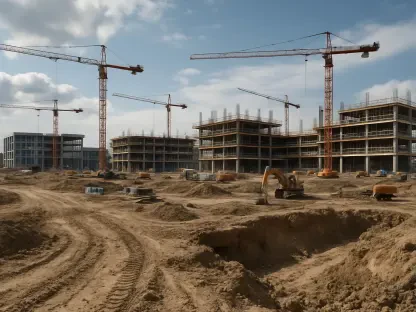I’m thrilled to sit down with Camille Faivre, a renowned education expert with a deep focus on education management. In the wake of the post-pandemic era, Camille has been instrumental in guiding institutions through the development and implementation of open and e-learning programs. Today, we’re diving into Massachusetts Governor Maura Healey’s ambitious $400 million research funding proposal, exploring its implications for higher education, economic vitality, and the state’s global standing in health care and innovation. Our conversation touches on the motivations behind this significant investment, the breakdown of the funds, the economic stakes for Massachusetts, and the broader context of federal funding challenges.
Can you walk us through the driving forces behind Governor Healey’s $400 million research funding proposal for Massachusetts?
Absolutely. Governor Healey’s proposal is largely a response to growing uncertainty around federal funding for research. With significant cuts and terminations of grants under the current federal administration, there’s a real concern about the stability of support for critical research in the state. She sees this $400 million as a protective measure to ensure Massachusetts maintains its position as a global leader in health care and innovation. It’s about safeguarding the state’s ability to contribute to advancements that benefit not just local communities but families worldwide.
How is this substantial funding being allocated across different areas of research and education in the state?
The $400 million is split evenly into two major funds. The first $200 million is a multiyear pool aimed at supporting projects at universities, hospitals, and research institutions. This includes a variety of initiatives, from cutting-edge medical research to technological innovation. Additionally, this fund will support a one-year fellowship program for early-career researchers, helping to nurture the next generation of talent. The other $200 million is designated as a bridge funding reserve for public colleges, focusing on research costs, partnerships, and job creation, particularly for graduate and postdoc positions. It’s a strategic way to bolster both private and public sectors.
What can you tell us about the financial mechanisms the state is using to support this initiative?
The state has planned a couple of interesting approaches to finance this proposal. For the first $200 million, Massachusetts will use interest earned from its stabilization fund, which is essentially a rainy-day fund for the state. This pot will be managed by MassDevelopment, the state’s development finance agency. The other $200 million for public colleges will be supported by revenue from the Fair Share tax, a 4% tax on incomes over $1 million. It’s a creative way to leverage existing resources and new tax revenues to address immediate needs in research and education.
Could you elaborate on the federal funding challenges that have prompted this state-level response?
Certainly. The federal landscape for research funding has become incredibly unstable. In Massachusetts alone, nearly $583 million in research grants have been terminated, with $252 million of that still unpaid when the cuts happened. Nationwide, the figure is staggering—about $6.9 billion in terminated awards, with $3.3 billion undisbursed. These cuts, combined with freezes on other grants, are creating a crisis for research institutions. Some prominent universities in Massachusetts have been directly impacted, facing significant losses in federal support, which threatens their ability to conduct groundbreaking work.
Why does research funding play such a pivotal role in Massachusetts’ economy, and what do the numbers tell us about its impact?
Research funding is a cornerstone of Massachusetts’ economy. In fiscal year 2024, the state received nearly $8.6 billion in federal research funding, which supported around 81,000 jobs and generated $7.8 billion in household income. That’s a massive economic engine. Moreover, Massachusetts accounts for 1 in 10 research and development jobs in the U.S., which underscores how integral this sector is to the state’s identity and prosperity. Cuts to funding don’t just hurt labs and universities—they ripple through communities, affecting livelihoods and innovation capacity.
Looking ahead, what is your forecast for the future of research funding and higher education in Massachusetts given these state and federal dynamics?
I think Massachusetts is at a critical juncture. Governor Healey’s proposal is a bold step to buffer against federal uncertainty, and it could set a precedent for other states to follow. However, as some university leaders have pointed out, state funding can’t fully replace the scale of federal support. My forecast is cautiously optimistic—Massachusetts has the talent and infrastructure to remain a leader in research and higher education, but sustained advocacy for federal reinvestment will be crucial. We might see more hybrid funding models emerge, blending state, private, and federal resources, to keep the momentum going. The next few years will test the resilience of our institutions and the state’s commitment to innovation.









